WInnComm 2015 Keynotes
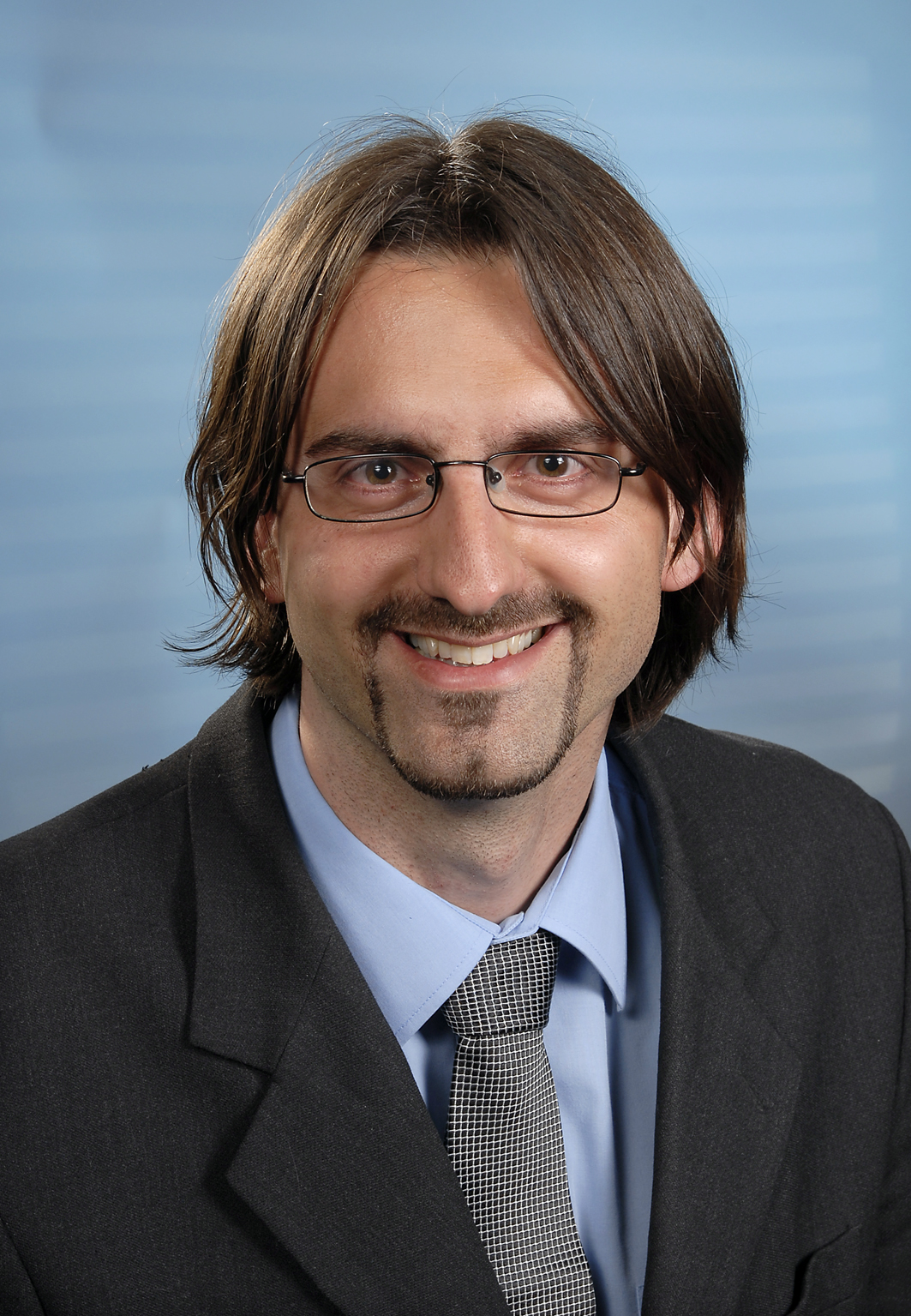 Klaus Doppler, Nokia Research Klaus Doppler, Nokia Research
Keynote Wednesday 25, March, 09:20 (Auditorium)
Klaus Doppler is heading the Radio Communications research in Nokia LABS, part of Nokia Technologies. His team is responsible for the 3GPP LTE, WLAN and 5G research and standardization and explores new opportunities in radio implementation. In the past he has been leading the Wireless Systems team at Nokia Research Center in Berkeley, CA which contributed to IEEE802.11ah standardization and to the establishment of a new business line in Nokia Technologies. He led and contributed to several research activities on the design and integration of novel radio concepts into wireless systems, including device-to-device communication, (cooperative) relaying and multiband operation. He received several inventor awards at Nokia between 2007 and 2011. Klaus received his PhD. from Helsinki University of Technology, Finland in 2010 and his MSc. in Electrical Engineering from Graz University of Technology, Austria in 2003. He has more than 75 pending and granted patent applications and he has published 30 journal and conference publications and book chapters.
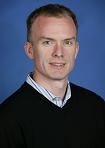 Paul Garnett, Director of Technology Policy, Microsoft Paul Garnett, Director of Technology Policy, Microsoft
Keynote with Professor H Sama Nwana Tuesday, 24 March, 08:40 (Auditorium)
Paul Garnett is a Director of Technology Policy in Microsoft’s Regulatory Affairs Group, where he focuses on promoting affordable broadband access. Paul and his team work with governments, research institutions, companies, and NGOs around the world to foster new wireless technologies and business models that will reduce the cost of wireless bandwidth and enable billions of people to get online more easily.
Over the last 12 months Paul and his team have established wireless broadband projects in places as varied as the rural heart of Kenya and the urban complexity of Singapore. Partnering with the Kenyan Ministry of Information & Communications and local ISP, Indigo Telecom, Paul has helped deliver the Mawingu project, using solar-powered based stations and TV white spaces technology to deliver high-speed wireless internet to rural areas currently lacking even basic electricity. In contrast, Paul’s work with the Singapore White Spaces Pilot Group (SWSPG) has shown the practical benefits of white spaces technology in an urban environment, from providing scope for ever increasing machine-to-machine communication through to simply being better at penetrating walls and other obstacles. Paul’s team has also announced projects in the Philippines, South Africa, and Tanzania.
Throughout his career, Paul has consistently been drawn to the challenge of universal access. Prior to joining Microsoft, Paul spent 17 years in Washington, DC, where he focused on telecommunications law and policy. As Assistant Vice President, Regulatory Affairs, at CTIA-The Wireless Association®, he represented the U.S. wireless industry before the Federal Communications Commission (FCC) and the U.S. Congress. Paul also worked at the FCC in its Wireline Competition Bureau leading complex rulemakings on universal service and intercarrier compensation regulations. Paul was an Associate in Swidler Berlin’s telecommunications practice representing telecommunications and broadband start-ups. In addition, Paul was a Consultant at Price Waterhouse advising on the privatization of state-owned telecommunications and utility monopolies.
Paul earned his bachelor's degree in political science at Union College and his law degree at the Catholic University of America, Columbus School of Law.
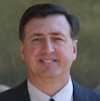 Julius Knapp, Chief, FCC's Office of Engineering & Technology Julius Knapp, Chief, FCC's Office of Engineering & Technology
Keynote, Tuesday, 24 March, 09:20 (Auditorium)
Julius Knapp is Chief of the FCC’s Office of Engineering and Technology (OET). OET is the Commission’s primary resource for engineering expertise and provides technical support to the Chairman, Commissioners and FCC Bureaus and Offices.
Mr. Knapp has been with the FCC for more than 40 years. He became Chief of OET in 2006. Mr. Knapp previously served as a Deputy Chief of OET from 2002 - 2006. Prior to that he was the Chief of the Policy & Rules Division where he was responsible for FCC frequency allocation proceedings and for proceedings amending the FCC rules for unlicensed radio frequency devices. Mr. Knapp was Chief of the FCC Laboratory from 1994 – 1997 where he was responsible for the FCC’s equipment authorization program and technical analyses.
Mr. Knapp received a Bachelor's degree in electrical engineering from the City College of New York in 1974. He has received the FCC’s Silver and Gold medal awards for distinguished service at the Commission. He was the 2001 recipient of the Eugene C. Bowler award for exceptional professionalism and dedication to public service and was the 2010 recipient of the Federal Communications Bar Association Excellence in Government Service Award. He was also the recipient of the WCAI 2010 government Leadership award and 2014 National Spectrum Management Association Fellow Award. In 2013 he received the Presidential Distinguished Rank Award for exceptional achievement in the career Senior Executive Service of the United States of America.
 Kevin R. Peterson, CAPT, U.S. Navy, Project Manager, Joint Tactical Networks Kevin R. Peterson, CAPT, U.S. Navy, Project Manager, Joint Tactical Networks
Keynote, Thursday 26 March, 09:20 (Auditorium)
CAPT Peterson assumed the role of Project Manager Joint Tactical Networks (PM JTN) in October, 2012. Previously, he was the Program Manager for the Network Enterprise Domain (NED) program of the Joint Program Executive Office Joint Tactical Radio System (JPEO JTRS). In this role, he leads development of future networking waveform and network management/services capabilities for joint and coalition forces.
His sea service includes Combat Systems Officer onboard USS CARL VINSON (CVN-70), Chief Engineer onboard USS JOHN YOUNG (DD-973), and Main Propulsion Assistant onboard USS DAVID R RAY (DD-971). He also served as an individual augmentee to Multi-National Forces -West, Iraq as the Counter Radio-controlled improvised explosive device Electronic Warfare Technical Officer for II MarineExpeditionary Force (Forward).
Past shore assignments include Executive Assistant for the Commander of Space and Naval Warfare (SPAWAR) Systems Command,Assistant Program Manager for Warfare Systems of CVN-21 Aircraft Carrier Program, System Engineering Office branch head for legacy missions of the Imagery Intelligence Acquisition and Operations Directorate at the National Reconnaissance Office, Assistant Chief of Staff for Information Systems and Communications at Commander Naval Forces Marianas, Officer in Charge of SPAWAR Systems Facility Pacific Guam, and Alteration Installation Teams Supervisor at SPAWAR Systems Center San Diego.
CAPT Peterson was also temporarily in the Naval Reserves as Executive Officer of NavalReserve Detachment 501 for Portsmouth Naval Shipyard. During that time he was the Information Technology Executive for the Commercial and Government Systems Division of Eastman Kodak Company.
CAPT Peterson was hand selected to serve as a Fellow of the Chief of Naval Operations’ Strategic Study Group.
He received a Master’s in Computer Science from Naval Postgraduate School and Bachelor’s inOptics (Physics) from University of Rochester.
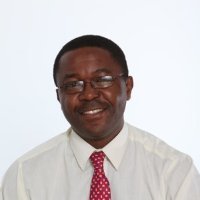 Prof. H Sama Nwana, PhD, MBA, Executive Director, Dynamic Spectrum Alliance, and Founder & Director, Atlantic Telecoms & Media Prof. H Sama Nwana, PhD, MBA, Executive Director, Dynamic Spectrum Alliance, and Founder & Director, Atlantic Telecoms & Media
Keynote with Paul Garnett Tuesday, 24 March, 08:40 (Auditorium)
As Executive Director of the Dynamic Spectrum Alliance, H Nwana assists with the development and execution of the organization’s strategic initiatives and outreach to and recruitment of potential partners and members across the private, public, and non-profit sectors.
Prior to this, Nwana was Group Director of Spectrum Policy at Ofcom, where he ran UK’s Spectrum Policy and spearheaded UK’s dynamic spectrum management activities, specifically focusing on TV White Spaces for broadband and other applications. Before this, Nwana was MD at Arqiva and earlier in his career he worked at Quadriga Worldwide Ltd and was instrumental in the introduction of digital technology and services to the hospitality industry across Europe, Middle East, and Africa.
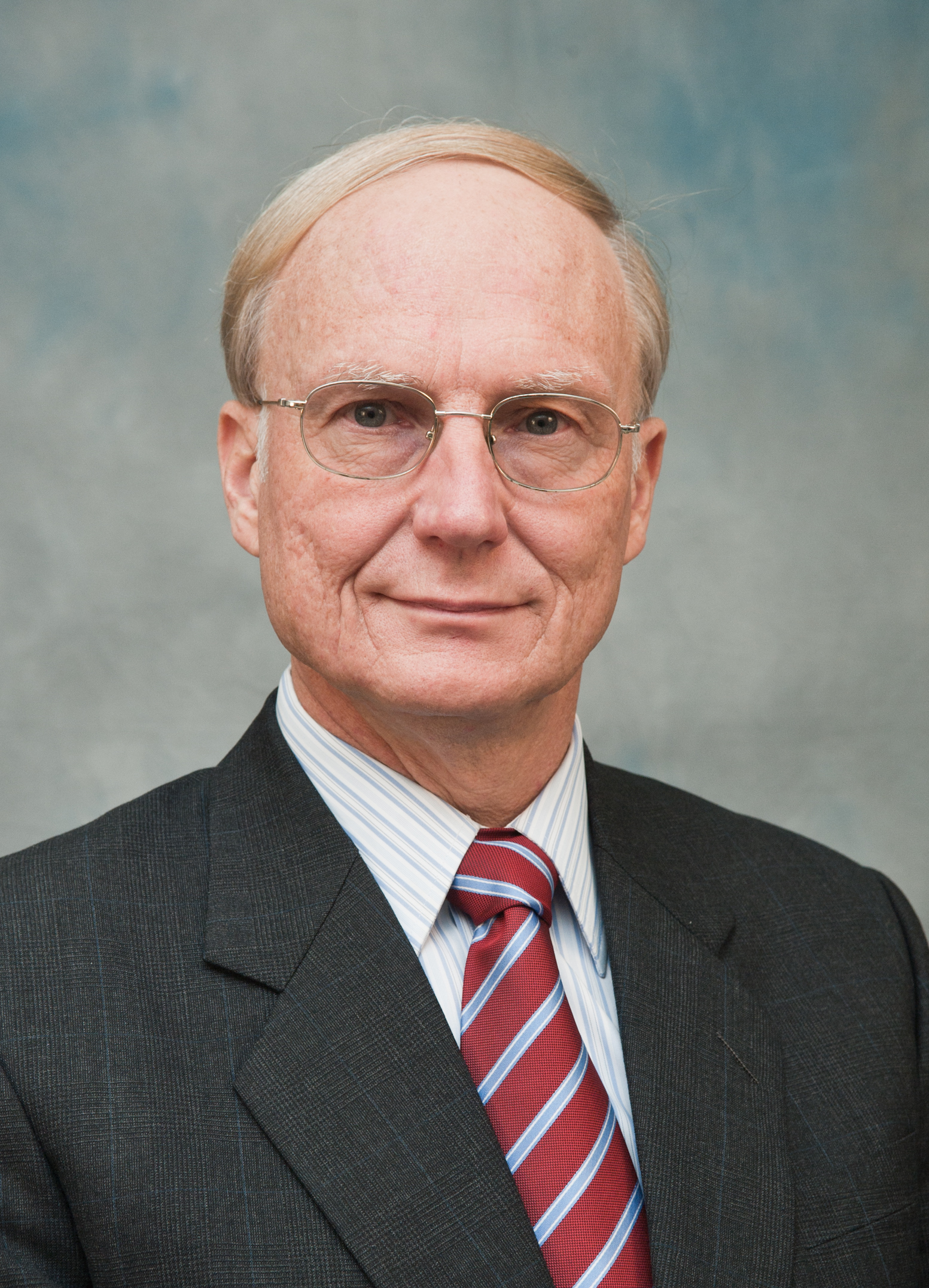 Ed Tiedemann, Senior Vice President, Engineering, Qualcomm Ed Tiedemann, Senior Vice President, Engineering, Qualcomm
Keynote Wednesday, 25 March, 08:40 (Auditorium)
Dr. Edward G. Tiedemann, Jr. is a QUALCOMM Fellow and a Senior Vice President of Engineering at QUALCOMM. He leads QUALCOMM’s worldwide standardization and industry organization activities. Dr. Tiedemann was instrumental in the design and development of the TIA/EIA/IS-95 CDMA system, also called cdmaOne™. He led QUALCOMM’s and much of the industry’s efforts in the design and development of the third-generation cdma2000® system. For many years, he chaired the 3GPP2 physical layer working group. Dr. Tiedemann led the offline industry group on M2M convergence, which resulted in oneM2M. Dr. Tiedemann has been particularly interested in the technical issues related to handoff, power and rate control, scheduling, control of random access channels, advanced antenna techniques, location technology, and the tracking and paging of mobile users. Dr. Tiedemann holds over 200 US patents and has participated in many papers, conference lectures, and industry panels.
Prior to becoming involved with terrestrial wireless communications, Dr. Tiedemann was involved with numerous commercial and military satellite systems. From 1977 to 1988, Dr. Tiedemann was at MIT Lincoln Laboratory, where he worked on mmWave satellite communications systems.
Dr. Tiedemann holds the Ph.D. degree from MIT where he worked in the areas of queueing theory and communications networks. He holds the Master of Science degree from Purdue University where he worked on bandwidth efficient modulation. He also holds the Bachelor of Science degree from Virginia Polytechnic Institute and State University (Va Tech).
Dr. Tiedemann is past chairman of the Advisory Board of the College of Engineering at Virginia Polytechnic Institute and State University (Va Tech). Dr. Tiedemann currently sits on the Advisory Board of the Purdue University School of Electrical and Computer Engineering. He is on the Board of Directors of the Open Mobile Alliance. He is also a member of the Asian Export Art Visiting Committee at the Peabody Essex Museum.
In 2008, Dr. Tiedemann received the 3G-CDMA Industry Achievement Award for Industry Leadership from the CDMA Development Group (CDG) for his “long-running contribution to CDMA development and standardization.” He received the Global IT Innovator & Leadership Award from Yonsei University in Korea in 2009, the 2010 Virginia Tech College of Engineering Distinguished Alumni Service Award, and in 2014 became a member of the Virginia Tech Academy of Engineering Excellence. He has received both the Purdue University College of Engineering Distinguished Engineering Alumnus and the Purdue University Outstanding Electrical and Computer Engineer Awards.
Dr. Tiedemann is General Chair for GLOBECOM 2015, one of the IEEE Communications Society flagship conferences.
WInnComm 2015 Featured Speakers
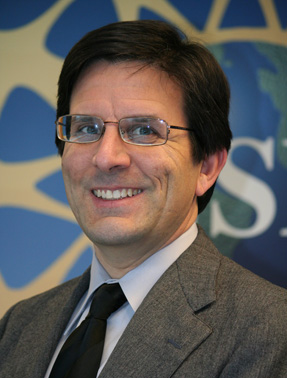 Andrew Clegg, Google Andrew Clegg, Google
Invited Speaker, Tuesday, 24 March, 16:00 (Auditorium)
Andrew Clegg is the Spectrum Engineering Lead for Google. He is presently focused primarily on identifying spectrum sharing opportunities for commercial wireless networks. Prior to joining Google, he served as the spectrum manager for the U.S. National Science Foundation for 11 years. At NSF, he founded the Enhancing Access to the Radio Spectrum (EARS) program, a $50 million program dedicated to funding academic and small business research focused on improving spectrum efficiency and access. Prior to NSF, he was a Lead Member of Technical Staff at what is now AT&T Mobility. He has over 20 years experience in national and international spectrum management for both government and commercial applications, and was a member of the U.S. delegation to two World Radiocommunication Conferences.
Andy holds a PhD in radio astronomy (major) and electrical engineering (minor) from Cornell University, and a BA in physics and astronomy, with highest distinction, from the University of Virginia. He is also an extra class amateur radio operator (call sign W4JE).
 Daniel Devisirvatham, Idaho National Laboratory Daniel Devisirvatham, Idaho National Laboratory
Featured Speaker Workshop 5B: Dynamic Spectrum Sharing, Thursday, 26 March, 10:30 (CSE 1202)
Daniel Devasirvatham is the Director of the Wireless National User Facility at the Idaho National Laboratory. He heads the Public Safety special interest group of the WinnForum and also contributes to the Spectrum Innovation Committee Steering Group and the Cognitive Radio working group. He is also a member of the WSRD-SSG Senior Steering Group run by NITRD, and the APCO Broadband Committee and Standards Development Committees, and has worked with public safety for more than 13 years. Prior to 2002, Daniel researched mobile communications as the Director of the Advanced Wireless Technologies group at Bellcore/Telcordia. He has provided advisory white papers to FirstNet and published on wireless/cyber security and spectrum sharing. Daniel has more than 40 years of experience, and patents in wireless communications.

Oliver Holland, Research Fellow, Centre for Telecommunications Research, King’s College London
Featured Speaker Workshop 5B: Dynamic Spectrum Sharing, Thursday, 26 March, 10:30 (CSE 1202)
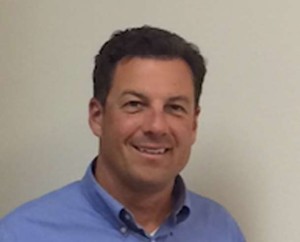 Mark Majernik, K&M Systems Mark Majernik, K&M Systems
Workshop Speaker, 1B, Tuesday, 24 March 10:30 (Fung Auditorium)
Mark Majernik is a Stanford alum with 15 years+ leadership experience specialised in Wireless, Network Design and RF Engineering with KMS Wireless. He works closely at the cutting-edge of real-time mobility and telecommunications innovation with partner AT&T Mobility, Sprint-Nextel, Ericsson, IBM, Alcatel Lucent, Ericsson, Samsung, LG, Cisco and Huawei.
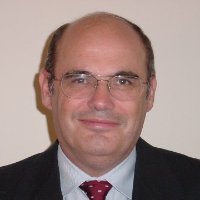 Preston Marshall, Google Preston Marshall, Google
Featured Speaker in Workshop 3B, Wednesday, 25 March 10:30am (Fung Auditorium)
Dr. Preston F. Marshall is Principal Wireless Architect for Google Access, and is responsible for spectrum access technology for Google Access. His roles include the Technical Project Manager for Google’s Spectrum Access System, initially targeted at spectrum sharing in 3.55 GHz. He is active in research and development of evolving networking concepts, wireless, cognitive radio and networking technologies, and supporting spectrum policy and technology. He is heavily involved in the wireless technology and policy, including participation in the 2012 PCAST Spectrum Study, serving as the technical witness during the US House hearings on the PCAST recommendations, and in the process of evolving spectrum sharing policies and regulation.
Before joining Google, he was Deputy Director of the Information Sciences Institute (ISI) of University of Southern California, and a Research Professor at USC’s in Electrical Engineering. For seven years, he was Program Manager with the Defense Advanced Research Projects Agency (DARPA) for many of the DARPA Wireless, Cognitive Radio, and networking programs.
Dr. Marshall has written numerous articles, books and chapters on the subject of cognitive radio and spectrum issues. He is author of “Quantitative Analysis of Cognitive Radio and Network Performance” (2010) by ARTECH House and the recently released “Scalability, Density, Decision-Making in Cognitive Wireless Networks” (2013) by Cambridge University Press.
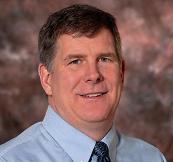 Bruce Oberlies, Motorola Solutions Bruce Oberlies, Motorola Solutions
Featured Speaker in Workshop 3B, Wednesday, 25 March 10:30am (Fung Auditorium)
Bruce Oberlies is a Sr. Director of Advanced Technology in the CTO Office of Motorola Solutions. He is responsible for advancing next generation differentiating technology to enable future Public Safety and Industrial solutions.
Since joining Motorola in 1982, he has worked in product development leadership roles including the development of the first digital APCO P25 portable and mobile radios, as well as the architecture definition and technology validation of three generations of Motorola LMR product platforms. His current role focuses on technology strategy and planning which encompasses early technology identification through technology validation for end to end wireless solutions encompassing interoperability, broadband and software defined and cognitive radio systems.
Oberlies has been a board member of the Wireless Innovation Forum (previously Software Defined Radio Forum) since 2004. He has served in a variety of positions on the Board including Chair of the Regulatory Committee and Chair of the Board. He is currently the Chair of the Wireless Innovation Forum. In addition, Oberlies is a member of Motorola Solutions’ Science Advisory Board Associates (SABA) and holds several U.S. patents. He was recognized with the Motorola Dan Noble Fellow award in 2014.
He earned a Bachelor of Science in Electrical Engineering (BSEE) degree at Rose-Hulman Institute of Technology and a Masters of Science in Electrical Engineering (MSEE) from the University of Texas, Arlington.
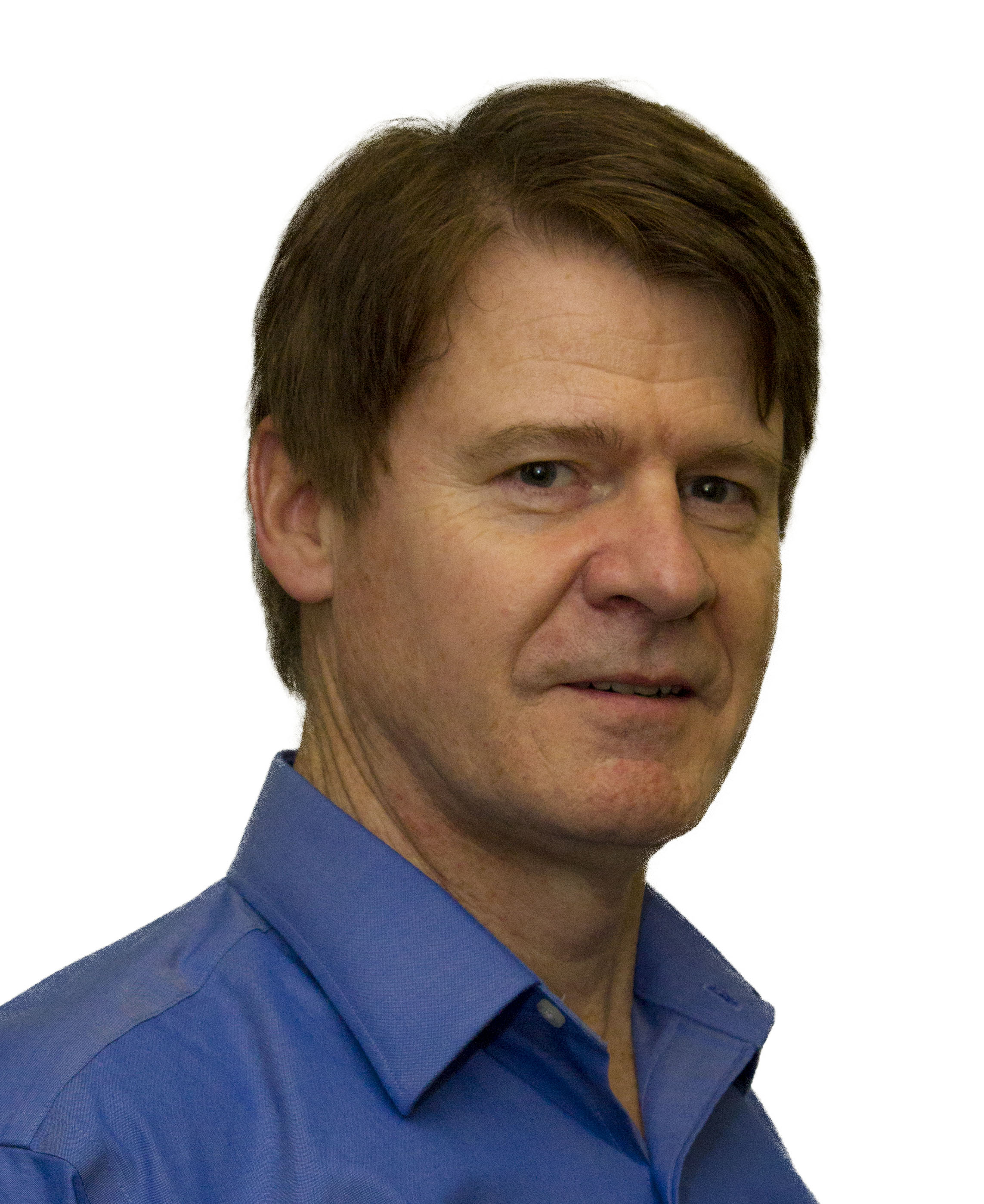 David Squires, BEEcube David Squires, BEEcube
Featured Speaker in Workshop 3B, Wednesday, 25 March 10:30am (Fung Auditorium)
David has been the VP of Business Development at BEEcube for the past 9 months. Prior to that, David was VP of Business Development for 5 years at Infinite Power Solutions, a startup company producing solid-state batteries. During 18 years at Xilinx, David launched the initial Virtex product line, started the DSP Division, and as Chief Strategist, spearheaded creation of what is now the ARM-based Zynq product. Prior to Xilinx, David was director of applications for several years at The CAD/CAM Group, which produced the world’s first EDA software running under Windows. David started his career as a linear IC designer at National Semiconductor, rubbing shoulders with industry luminaries Bob Widler and Bob Pease. David graduated from Caltech with an MSEE and BSEE from McMaster University.
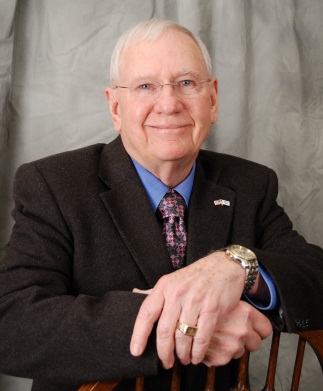 Donald Steinbrecher, Chief Scientist, US Navy Donald Steinbrecher, Chief Scientist, US Navy
Invited Speaker Thursday, 26 March, 08:30 (Auditorium)
Dr. Donald H. Steinbrecher currently holds the position of Chief Scientist in the Electromagnetic Systems Division of the Navy Undersea Warfare Center in Newport, RI where he has been employed for the past 15 years. His research activity has focused on establishing a leadership role for the Navy in the field of software-defined electromagnetic-signals acquisition systems. Dr. Steinbrecher was named a winner of the 2007 Department of the Navy ‘Top Scientists and Engineers of the Year’ award for his innovative work in the field of high-performance digital signals acquisition systems. He is also a winner of the 2007 Chief of Naval Research ‘Million-Dollar Challenge’. He was a keynote speaker at the 2008, 2010, 2011, and 2013 Software Defined Radio Conferences, which are held in Washington, DC. He was also a keynote speaker at the 2010 and 2012 International Software Defined Radio Conferences, which are held in London, UK. Dr. Steinbrecher has presented more than 30 technical papers at other conferences and has been allowed 24 patents for his work on high performance signals intercept concepts and high dynamic range radio frequency systems.
Dr. Steinbrecher received a BSEE degree, with highest honors, from the University of Florida in June 1960. He entered the Massachusetts Institute of Technology graduate studies program in Electrical Engineering and Computer Science and received a Master of Science in 1963 and completed the Ph.D. degree in June 1966. He remained with the MIT Department of Electrical Engineering and Computer Science and The Research Laboratory of Electronics until June 1972. As a member of the EECS Department, he taught courses specializing in solid-state device properties and applications and was promoted to Associate Professor in June 1969. As a member of the Research Laboratory of Electronics, he conducted research in microwave and millimeter wave circuits with an emphasis on communications applications. His research provided a technical foundation for early experiments in millimeter wave communications satellites developed by the MIT Lincoln Laboratory, the LES 8-9 Programs. His research also laid the foundation for his pioneering work in the field of high dynamic range signals intercept systems.
Dr. Steinbrecher founded Steinbrecher Corporation. The Company became a leading supplier of software-defined signals acquisition systems. He developed concepts that convert high-bandwidth, high dynamic-range RF signals to a digital format and made possible direct digital signal processing of the RF signals, which is now known as “software-defined radio”. His receivers were the building blocks of wide-band digital signals acquisition systems used in a wide range of surveillance applications. His receivers were also the enabling technology for the US Navy ROTH Radar systems that remain in operation today. Beginning in 1990, the wide-band digital receivers were adapted to several applications in the cellular-telephone infrastructure. One early data system developed by the Company, a Cellular Digital Packet Data base station, was a leading example of applied cognitive radio technology. The base station constantly monitored the cellular channels and sent data packets over unused channels thereby giving high priority to voice traffic while maintaining a constant flow of data to subscribers.
Dr. Steinbrecher, in 1975, established a fundamental performance limit for the dynamic range of frequency converters, which resulted in two patents defining the ParamixerTM frequency translator. The Paramixer became the core technology for the development of numerous broadband software-defined signals acquisition systems. He later derived a fundamental performance limit for the dynamic range of the RF-to-digital conversion process and teamed up with Professor fred harris (l.c. his preference) of San Diego State University to teach a series of short courses on the optimum design of software-defined radios. Dr. Steinbrecher has recently discovered a fundamental performance limit on the ability of signals-acquisition systems to create wide-band high dynamic-range digital images of propagating RF signals. This fundamental performance limit incorporates a new method of RF-energy capture and shows that there is an optimum air interface for software-defined radio systems. The predicted optimum air interface design, which is known as the “White Nail Air Interface”, is described in three patents.
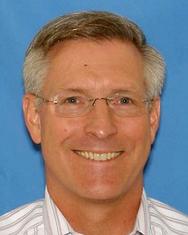 John A. Stine, MITRE John A. Stine, MITRE
Invited Speaker, Tuesday, 24 March, 16:00 (Auditorium)
Prior to joining MITRE, John served 20 years as an engineer and as an ORSA in the U.S. Army. He served in all company level leadership positions and in battalion, brigade, and division staff positions. He taught electrical engineering at the United States Military Academy. He was the coordinating analyst in the Army’s first tactical networking experiments. In his thirteen years at MITRE, he has led internally funded research in mobile ad hoc networking, consulted with the DoD on spectrum management issues authoring “Spectrum Management 101,” consulted with Army analysis agencies on modeling and analysis of tactical networks specializing in operational effectiveness, and is currently leading two projects: the network design of the DoD’s Future Narrowband Waveform (FNB) and MITRE’s internal research in Model-Based Spectrum Management. He is the Department Head for MITRE’s Operations Research Department. John has authored numerous papers on wireless networking, spectrum management, dynamic spectrum access and network modeling and evaluation and has patents in wireless mobile ad hoc networking and spectrum management.
John earned his B.S. degree in General Engineering from the United States Military Academy at West Point and his M.S. degrees in Electrical Engineering and in Manufacturing Systems Engineering and his Ph.D. degree in Electrical Engineering from the University of Texas at Austin. He is a senior member of the IEEE and is currently serving as the editor of the IEEE Dynamic Spectrum Access Networks Standards Committee (DySPAN-SC) standards project 1900.5.2.
 Dr. Charlie Zhang, Samsung Dr. Charlie Zhang, Samsung
Featured Speaker in Workshop 3B, Wednesday, 25 March 10:30 (Fung Auditorium)
Charlie (Jianzhong) Zhang is currently senior director and head of Wireless Communications Lab with Samsung Research America at Dallas, where he leads technology development, prototyping and standardization for Beyond 4G and 5G wireless systems. From Aug 2009 to Aug 2013, he served as the Vice Chairman of the 3GPP RAN1 working group and led development of LTE and LTE-Advanced technologies such as 3D channel modeling, UL-MIMO and CoMP, Carrier Aggregation for TD-LTE, etc. Before joining Samsung, he was with Motorola from 2006 to 2007 working on 3GPP HSPA standards, and with Nokia Research Center from 2001 to 2006 working on IEEE 802.16e (WiMAX) standard and EDGE/CDMA receiver algorithms. He received his Ph.D. degree from University of Wisconsin, Madison.
|

